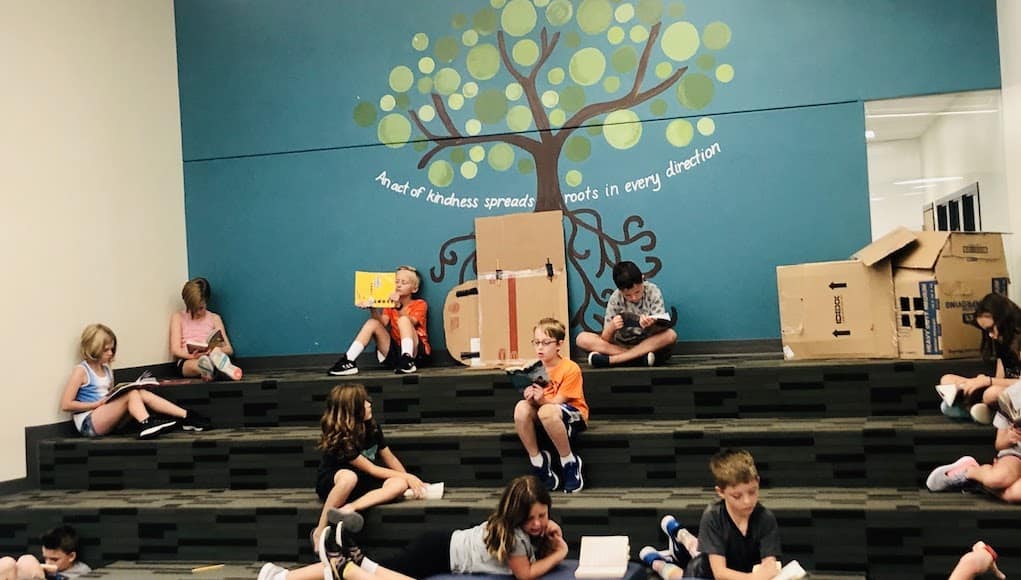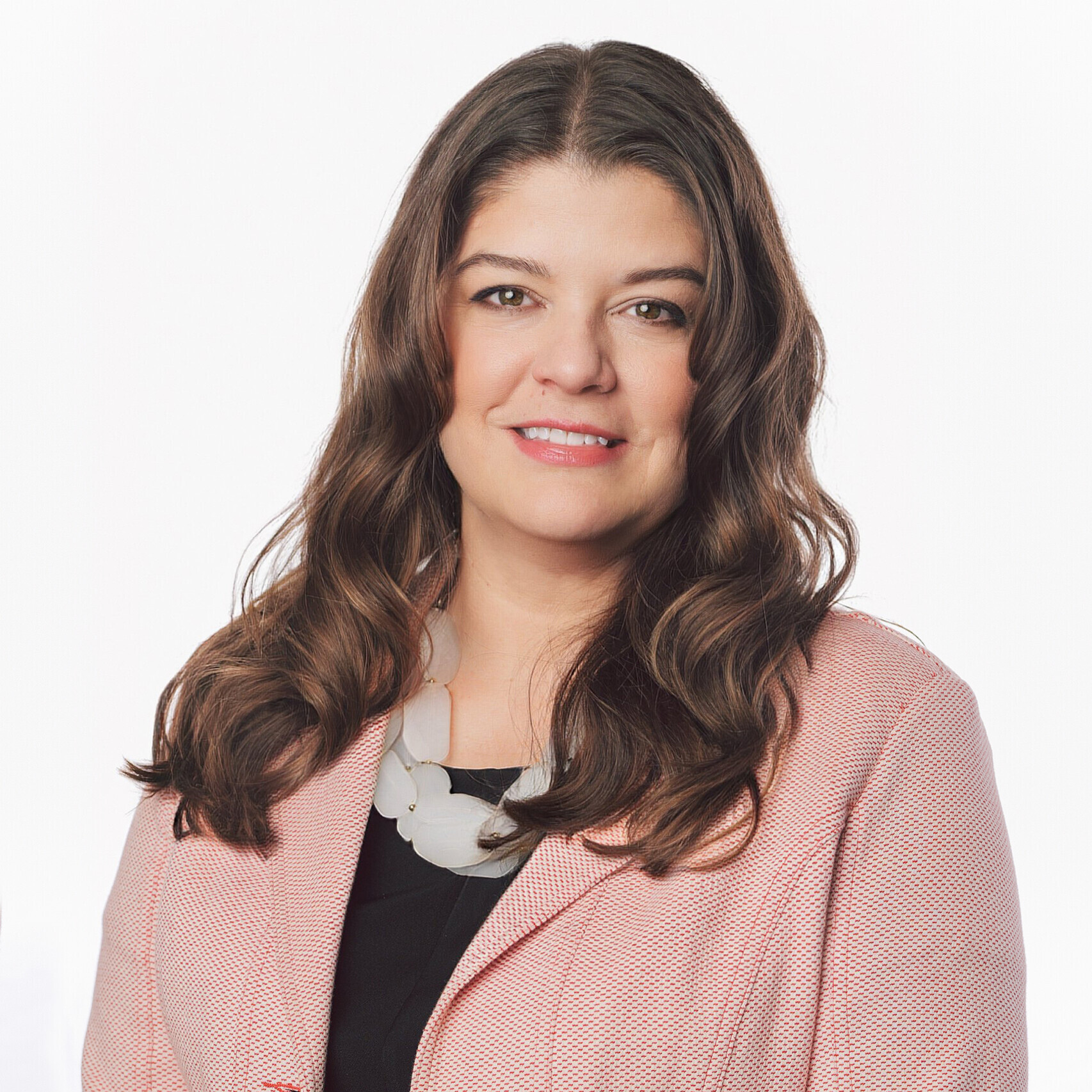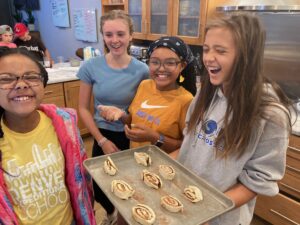Focusing on Learners and SEL: Looping Strategies to Welcome Learners Back

Students across the world were suddenly cut off from their school, their weekly routine, a place of community and engagement, and confined to their homes. At first, for periods of time that were stated as a few weeks, and ended up being a few months. Students had no chance for closure, no chance to give a last hug to friends. One day they were at school, or leaving for spring break, and then the doors were locked behind them for the rest of the school year. This type of sudden loss and disruption can be traumatic. As social emotional learning has become more integrated into many of our systems of learning, we may now consider a specific structure to tend to the whole child returning to some form of schooling in the fall: looping. Looping is not a new strategy, it is where learners advance to the next grade level or content level with the current teacher. This strategy can span more than one grade level and may also be referred to as multiage.
When a child walks back onto their school campus, finally able to return after having had no opportunity to properly say goodbye, the most inviting person and place to receive them is the teacher they know and, possibly, the room they know. Parents, possibly reluctant to send their child back to school, would feel more comfortable re-engaging with the teacher who worked to stay connected during a time that was unknown and potentially scary. The teacher who bonded not just with the student, but their family, guardian, and support network. The same teacher who learned the complexities of distance learning not just as a process for delivery but also the personalized process of receiving this learning that varied by student situations.
Teachers were often the string that connected learners together. When teachers were able to connect with their students – either through technology if available, or by phone, it made a difference to that child. There were students that were not reached, not connected and feverish efforts were likely made to find them and make connections. These are the actions that haunt, and at the same time, drive educators. And these learners, perhaps even more so, will want a familiar face when they return.
Next year is fairly uncertain in terms of amounts of in-person time learning for learning systems. What is certain, is that there will likely be remote phases or reduced-contact learning time. What is also certain, is returning learners will vary in levels of readiness. Readiness in terms of traditional, time-bound developmental milestones and perhaps levels of readiness in social and emotional learning. Next year will not be easy for anyone, but we can consider making it less difficult for learners. Looping and multiage classrooms are a strong option.
While looping tends to be an elementary conversation, it is also valuable in the secondary world and often shows up in personalized K-12 learning systems across the nation. It is fair to say that the majority of teachers do not hold a common belief or expectation that they will receive learners at the same level of academic readiness. This was certainly true before this year and is even more so now. Every year, teachers greet learners at varied levels of readiness and every year teachers practice the art and science of their profession to scaffold learning and provide multiple onramps to ‘grade level’ learning. This is not new, but in terms of scale, it may feel that way for a number of reasons.
1. Access to Learning. Teachers just spent months getting to know the virtual set up of their families and how students work in this environment; these same teachers are equipped to make the most of the in-person time this next year to address those needs and align supports in short order.
2. Relationships. Teachers who experienced the remote setup with their students and families also shared unexpected life events and the sorrow or anxiety these may have produced. These teachers are aware of students with spotty check-ins due to family circumstances and these students need to be seen and heard. Teachers are keenly aware of the students that are furthest from social justice and can identify students that were vulnerable before COVID and further impacted by the pandemic.
3. Learning Gaps and Growth. In looping and multiage groups, the content scope will shift but teachers will know their student’s interests, values, and skillsets. This will better prepare them to not only identify the gaps and growth in the learning of their students but to also support their social and emotional learning needs. This next year, students may have significant gaps in learning experiences or exposure to learning concepts; they may show unpredicted growth across the board or in specific areas.
There is no need for judgment on why these disparities will exist in the fall. The reasons can span the spectrum and will likely reflect the challenge families had in supporting elementary children in the beginning stages of literacy development or the exposure of ‘new math’ to their home supports. The priority is commitment to reteaching or reclassifying as required to best meet the needs of the student, and a flexible approach to learning strategies that learners may engage in upon their return.
These three points combine to make a significant impact compared to the “norm.” This level of familiar connection with a recent teacher or teachers may only be possible as the start of the year approaches, but is still a critical consideration. Any changes in staffing will impact the strategy and play a significant role.
As much as possible, having learners return to a familiar teacher to reflect on the past months, to check in on well being, and make connections with their peers will be essential for adequately assessing not only academic needs but certainly social and emotional needs. In elementaries this could be a phased handoff with as many returning teachers as possible, while in secondary situations this could certainly happen within advisories (but an argument could be made that this could also occur in all secondary classes). Some systems, however, might be able to consider a longer-term response. Looping as much as possible, particularly for elementary, is a strong option.
When students ‘return’ to school next year, they will need relationships with their teachers. This will be crucial for creating more equitable access to learning in terms of skills, relevancy and an inclusive learning environment where all students feel not only welcomed but valued.
For more, see:
- Getting Through: Leading with Optimism Hope and Love
- Getting Through: Distributive Leadership
- Getting Through: Leading Through And To A New Generation Of Learning Systems
Stay in-the-know with innovations in learning by signing up for the weekly Smart Update.








0 Comments
Leave a Comment
Your email address will not be published. All fields are required.